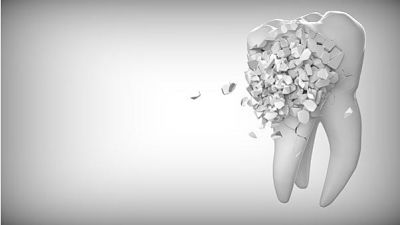How to achieve Healthy Gums with Greenbelt MD Dentistry – Advice from A Greenbelt Dentist
Last Updated on September 10, 2022 by Paula

It is not a novelty that adopting a healthy lifestyle is associated with many benefits, helps you feel fit and protects you from many diseases. However, when we think about how we can maintain our body in an optimal state of health, we often lose sight of the oral cavity. The Greenbelt MD Dentist offers you below some advice on how to maintain the health of the gums.
If you care about your health and well-being, if you are trying to be active, eat healthily and take care of your mental health, good oral hygiene should be an integral part of your lifestyle. It is not difficult to keep your gums healthy, but if you do not give them the proper attention, you can expose yourself to the risk of gingivitis, which, being untreated, can progress to the severe and irreversible shape of the gum disease, the periodontitis.
For this reason, in addition to sports training, walking, eating fruit and vegetables, and possibly holding meditation sessions to reduce stress, do not forget to care for your teeth and gums as well. See more here.
How to have healthy gums
An appropriate oral hygiene routine is easy to organize and is the best way to protect your teeth and gums and keep your breathing fresh. Our guide will help keep your mouth healthy:
- Brush your teeth twice a day for two minutes using toothpaste explicitly created for gums.
- Use dental floss or interdental brushes to clean hard-to-reach areas between teeth.
- Regularly go to a dental checkup, as the specialist may determine if you have gum or teeth problems before you have symptoms. If necessary, the dentist will give you advice on how to treat gum disease or how to prevent it from getting worse.
- If you are a smoker, stop smoking. Smokers have an increased risk of gum disease because smoking or chewing tobacco weakens the immune system and predisposes to the development of gingivitis, and once it occurs, it is harder to treat. To protect your health – and gums – ask your doctor for advice on how to quit smoking.

Check this out: https://www.wikihow.com/Get-Healthy-Gums
What is gingivitis?
Gingivitis is the medical term that designates inflammation of the gums. This is a mild form of gum disease and is manifested by redness, swelling, and bleeding of the gums, especially while brushing or using dental floss or when biting something robust, for example, an apple. Gingivitis can be treated, so it is important to consult your dentist and understand what your symptoms are before the problem gets worse.
What are the causes of gingivitis?
The leading cause of gingivitis is the deposition of bacterial plaque, a film of bacteria that develops on, around and between your teeth, predominantly in hard-to-reach areas. These bacteria irritate the gums and cause their inflammation.
Also, small cavities or “pockets” are formed between the gums and teeth. If the problem is not treated, these cavities can deepen and give rise to more severe issues, such as increased teeth sensitivity or periodontitis.
In smokers, gums are more susceptible to infections. Also, smoking and the use of other tobacco products reduces the intake of blood and nutrients in the tissues of the gums.
Treatment of gingivitis
If prompt action is taken, gingivitis can be easily treated by the dentist. So it is essential to go regularly to the dentist, as he can detect possible gingival problems before the symptoms of gingivitis occur.
You can also take some daily oral health measures to reduce your risk of gingivitis. These include dental brushing twice a day for 2 minutes with toothpaste, such as toothpaste for everyday use with fluoride.
What are the causes of periodontitis?
Periodontitis can develop when gingivitis is not treated in time. This is caused by bacterial plaque deposits above and below the gingival line (the line between gums and teeth). These deposits can cause irreversible damage to the bone and soft tissues that fix the position of the teeth.
The damage to these tissues can cause gums to tear off the surface of the teeth, forming cavities or “pockets” where a more significant amount of bacterial plaque can accumulate and infections may develop. As the condition worsens, the bone tissue starts to get better. Without treatment, this process can lead to the loss of teeth that fall either by themselves or must be removed by the dentist. Read more.






